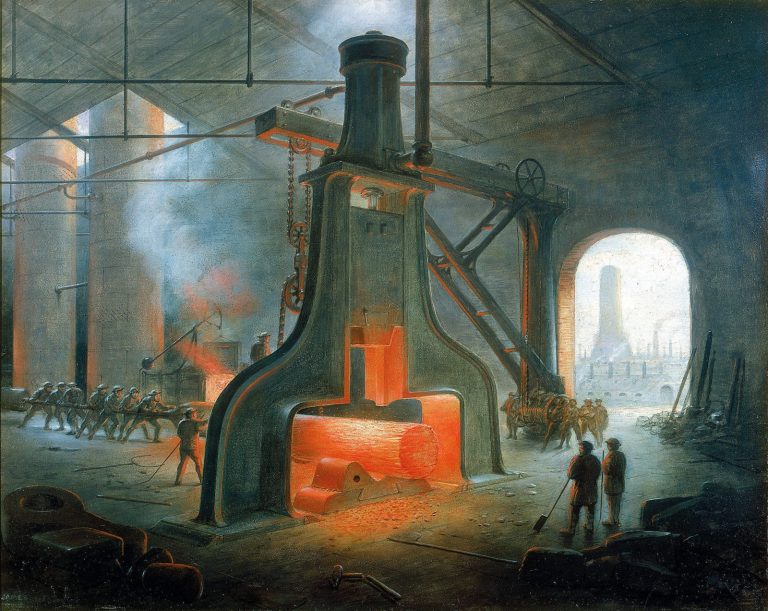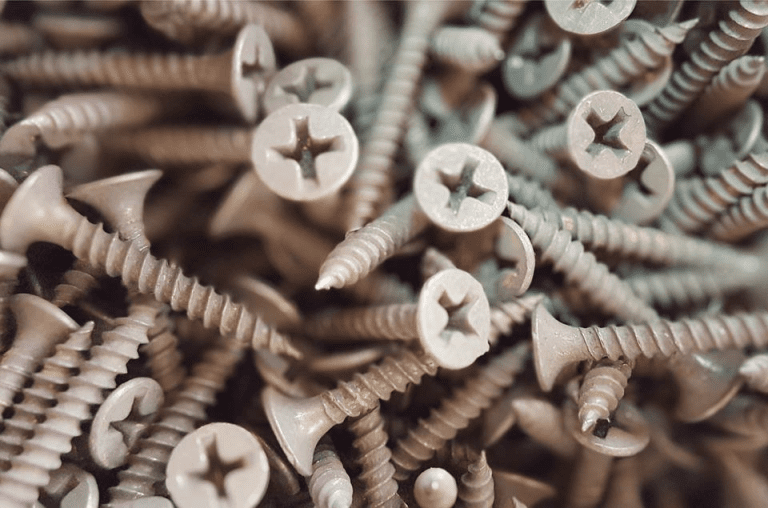Small items like screws, nails and other fasteners can easily get misplaced or lost if you do not have an effective storage solution. To ensure you can always find the fasteners you need when you need them, check out the following five helpful storage tips. 1. Buy an Organiser with Compartments You can purchase a wide variety of organisers and boxes with compartments that are ideal for storing your screws, nails, and other fasteners. Just make sure there are plenty of differently sized compartments so that you can store screws, nails, and so on of varying sizes. Also, ensure you always put the right fastener in the right compartment, otherwise, you might only be able to find a short nail when you need a long one, for instance. Clear plastic storage containers are best because you will then be able to see into the compartments to find the right fasteners and identify when you are starting to run out of certain types. 2. Use a See-Through Bag for Assorted Fasteners No matter how careful we all are in placing nails, screws, and other fasteners in the right places, we all end up with some oddball fasteners, so it is a good idea to keep a sturdy see-through bag where you can place all of your spare screws and nails. Whenever you need that one nail or screw that you do not generally keep, you can simply delve into your bag of assorted fasteners. 3. Use a Piece of Foam to Store Fasteners You Will Be Reusing If you need to store screws or nails that have come out of an item of furniture that you are repairing or moving, it is imperative that you keep those fasteners safe and make them easy to identify and use in the right place when it is time to reassemble the item of furniture. An excellent solution is to use a piece of foam. You can simply stick the nails, screws, or other fasteners into the foam in the order that they have been removed. To make things easier, write on the foam to show where each screw or nail belongs. You could even draw a basic diagram of the piece of furniture on the foam and place the fasteners in the appropriate places. This technique will save you a lot of time when you are ready to reassemble items like furniture. And speaking of furniture, you may be interested in the current furniture trends. 4. Consider Getting Flat Pouches Printed to Clearly Label Different Screws and Nails To ensure you can find the right fasteners for the job at hand, it is a very good idea to clearly label the different types of fasteners you have. One simple way of doing that, and storing your fasteners safely, is to get custom flat pouches that are clearly labelled, identifying the different screws and nails inside the pouches. You can then easily store all of the pouches inside a strong box, bag, or another container. 5. Use a Wax Ring as a Temporary Storage Solution If you require temporary storage for your screws and nails while you are working on a project, consider using a wax ring, or indeed any kind of block of wax. The material is ideal for sticking screws and nails into so that they do not get lost while you are working on construction projects. There is nothing worse than losing that one screw you really need, so using a wax ring is a simple but very effective solution. Furthermore, an added advantage of using a wax ring is that the screws will be lubricated when you pull them out of the wax, making it easier to drive the screws.






